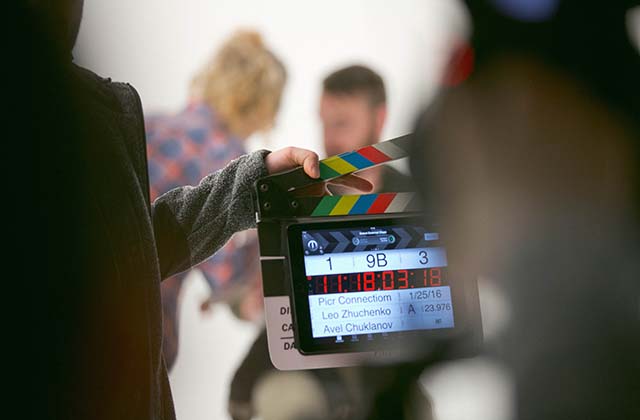The art of filmmaking is the process of creating a visual representation of ideas and stories using film or video. In common usage, the word “film” refers to a feature-length motion picture. A screenplay is a blueprint of a film, including essential plot points, characters and sequence of events. The script may be in prose or play form. A screenplay written for television is known as a teleplay. Tv storyboard can create visual stories for start ups that want to enter film making.
A script intended for public performance may be called a stageplay or screenplay.
A short film that is made to be shown at film festivals is called an independent film; an early example was Sunrise (1927). There are many types of short films; comedy short films are often screened at comedy festivals, while there are longer ones that are generally screened at film festivals known as featurettes. An episodic work is any work that has multiple parts to it such as television series and miniseries.
The camera is a powerful storytelling tool. It can capture the smallest details and make them feel like they’re happening right in front of you, or it can sweep over a vast landscape to give you a sense of place.
The camera’s eye is also the audience’s eye — it’s how we see what happens in front of us. When done well, this can create some amazing moments in films. But there are rules to this craft, and they come down to three simple concepts: shots, angles, and framing.
Shots Are More Than Just What You See on Screen
A shot is the single frame of film captured by the camera at any given moment in time. A shot can be as simple as one actor speaking with his back facing the camera or as complex as multiple actors interacting with each other while engaging with their environment — all while being captured by just one frame of film. Shots are also called takes or setups because they’re often considered as individual units rather than as part of a larger scene.
The art of the shot is a very subtle one. It doesn’t mean that you need to be an expert at framing or lighting, but it does mean you need to have an eye for it.
The simplest way to improve your shots is by looking at what others have done before you. Study classic films and look for how they used shots, angles and framing to tell their story.
Here are some tips on how to be able to shoot like the pros:
Choose Your Angle Wisely – The angle you choose for your camera will determine whether your audience sees things from a certain perspective or not. For example, if you want them to see something from above then it makes sense to put the camera high up so that it’s looking down at whatever it is that you’re shooting. If you want the audience to see something from below then put the camera low down so that they can look up at what’s happening in front of them (this works particularly well with children who tend not to stand still).
Lighting – Lighting can make or break a scene but using lighting incorrectly can cause more problems than it solves (see our article on How Bad Lighting Ruins Movies). The artwork that scenesbydean.com has been doing is purely aesthetic.
